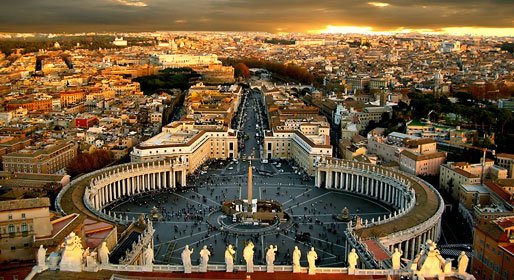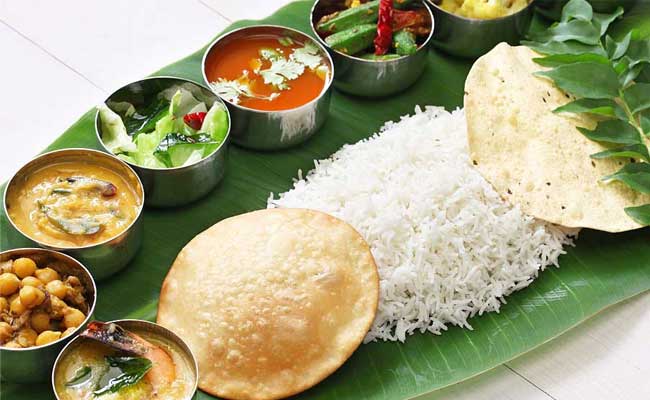Traditional Healing Practices: Traditional healing practices have been an integral part of human civilization for centuries, offering a unique and holistic approach to well-being. Rooted in ancient wisdom, these practices encompass various cultural, spiritual, and natural remedies that have stood the test of time. From indigenous communities to Eastern philosophies, traditional healing encompasses a wide range of modalities that foster harmony between the mind, body, and spirit. In this article, we will delve into the fascinating world of traditional healing practices, exploring their subliminal power and enduring relevance in our modern world.
Indigenous Healing Wisdom :
Indigenous healing practices reflect the deep connection between humans and the natural world. Passed down through generations, these traditions encompass a profound understanding of herbal medicine, energy healing, and spiritual rituals. Many indigenous cultures believe that illness is a result of imbalance or disharmony, and traditional healers work to restore equilibrium. Practices such as smudging, herbal remedies, and shamanic ceremonies are utilized to address physical, emotional, and spiritual ailments.
Ayurveda: The Science of Life –
Originating in ancient India, Ayurveda is a comprehensive healing system that focuses on achieving balance and harmony. It emphasizes the interconnectedness of the mind, body, and spirit and seeks to identify and address the root causes of illness. Ayurvedic practices include personalized diet and lifestyle recommendations, herbal medicine, meditation, yoga, and detoxification techniques. By nurturing the body’s innate intelligence, Ayurveda aims to restore health and prevent disease.
Traditional Chinese Medicine: The Art of Balance (200 words) –
Traditional Chinese Medicine (TCM) is a holistic approach to healing that has been practiced for over 2,500 years. It revolves around the concept of Qi, the life force energy that flows through the body along meridian channels. TCM encompasses various modalities such as acupuncture, herbal medicine, cupping, and tai chi. By harmonizing the Qi, TCM aims to restore balance and promote the body’s natural healing abilities. It considers the interplay of Yin and Yang, the opposing forces present in all aspects of life, and seeks to achieve equilibrium between them.
Shamanism: Bridging Worlds –
Shamanism is a spiritual practice found in various cultures worldwide, where shamans act as intermediaries between the human and spirit realms. These healers utilize various techniques such as journeying, drumming, chanting, and plant medicine to connect with spiritual energies and facilitate healing. Shamanic practices often involve soul retrieval, energy clearing, and rituals for personal transformation. By addressing the spiritual aspects of illness, shamanism offers profound healing experiences.
Conclusion :
Traditional healing practices hold immense wisdom and offer valuable insights into holistic well-being. As our modern society grapples with increasing stress, chronic illness, and disconnection, exploring these ancient traditions can provide us with a renewed perspective on health and healing. Indigenous wisdom, Ayurveda, Traditional Chinese Medicine, and shamanism are just a few examples of the diverse traditional healing practices that continue to impact lives around the world.
While modern medicine has undeniably made remarkable advancements, traditional healing practices offer a complementary approach that focuses on the interconnectedness of body, mind, and spirit. By acknowledging and embracing these time-honored methods, we can tap into the power of nature, the wisdom of our ancestors, and the deep wellspring of our own inner healing abilities.
Let us remember the words of Hippocrates, the father of medicine: “The natural healing force within each of us is the greatest force in getting well.”
Read Also: Ramayana
![]()






One thought on “Traditional Healing Practices”